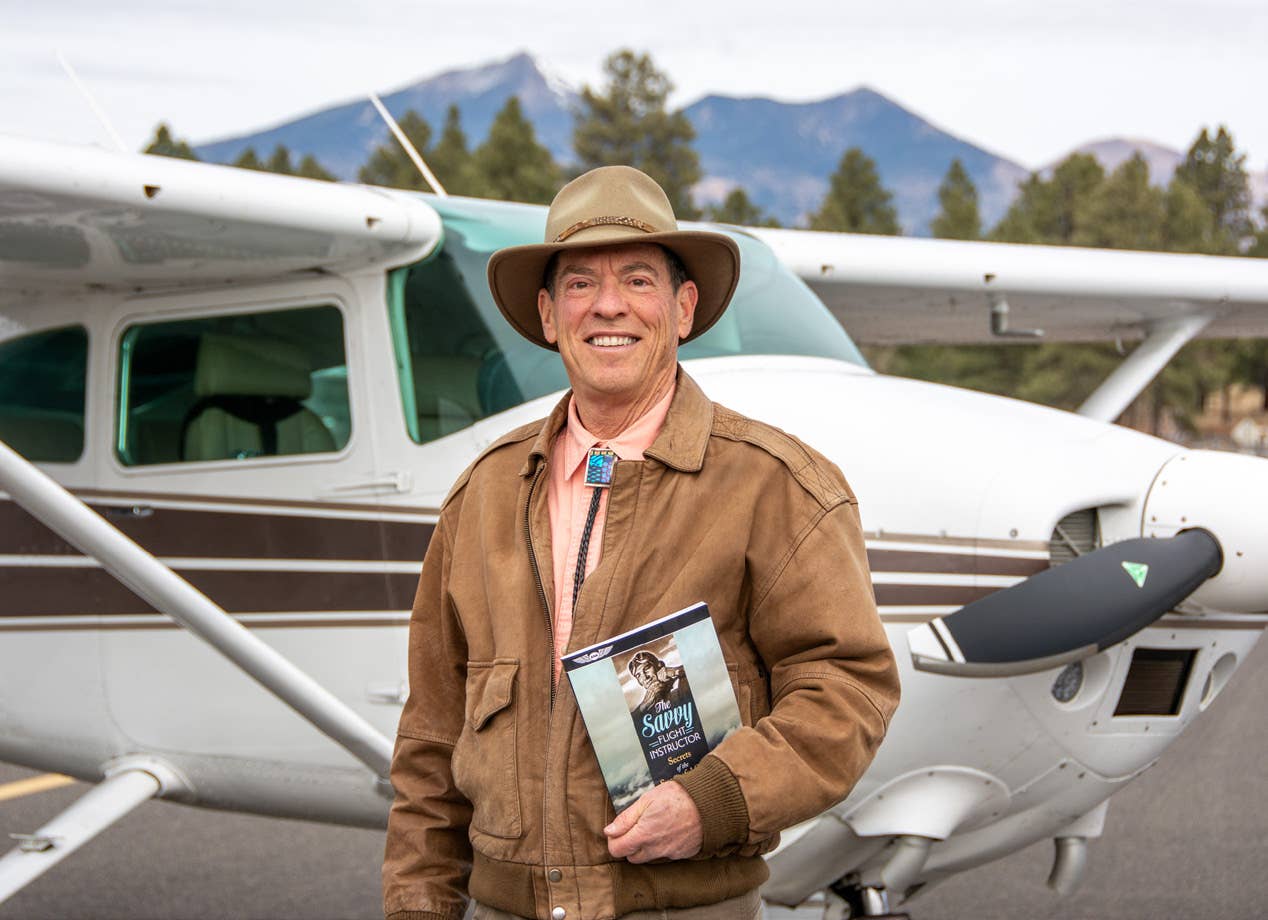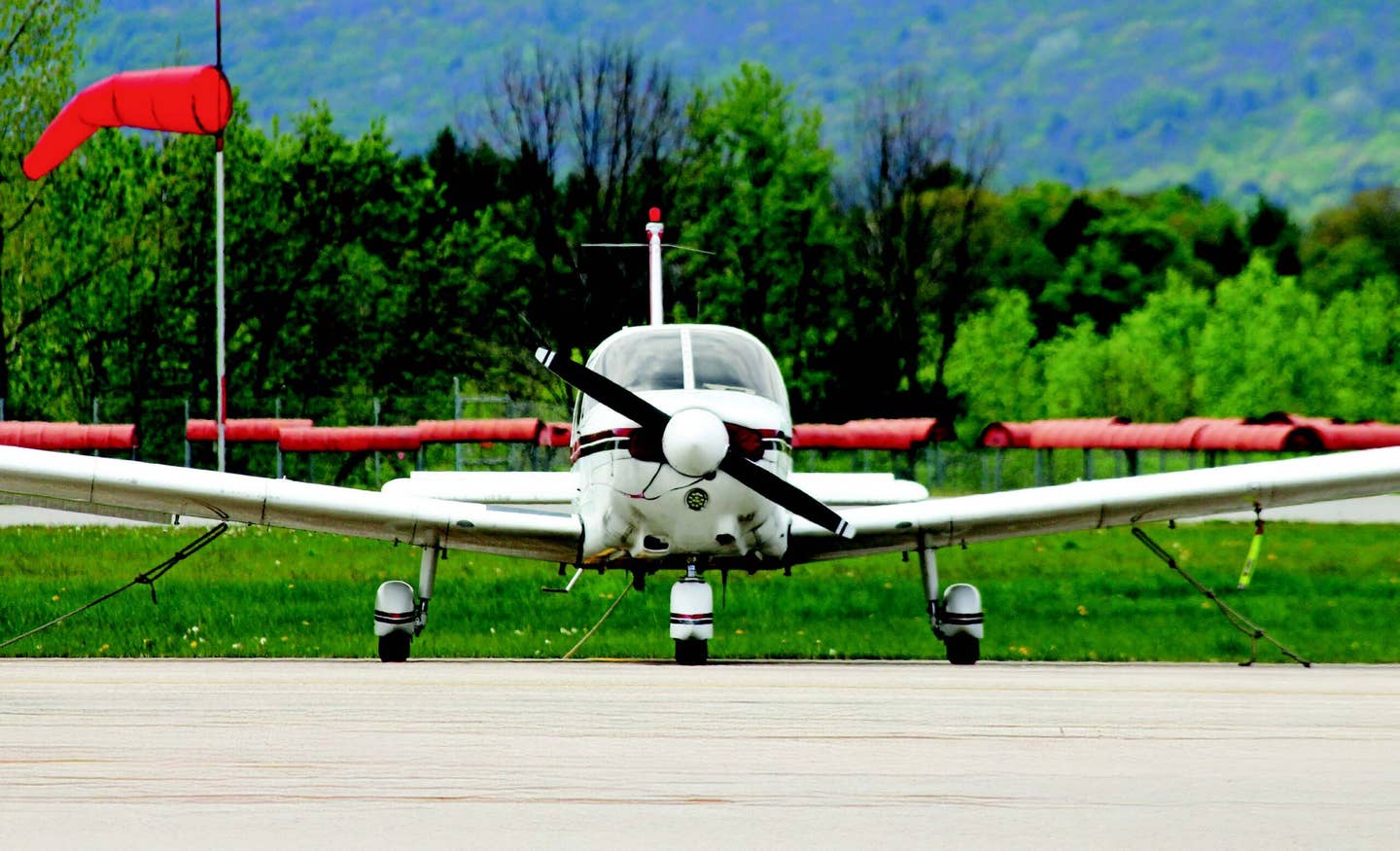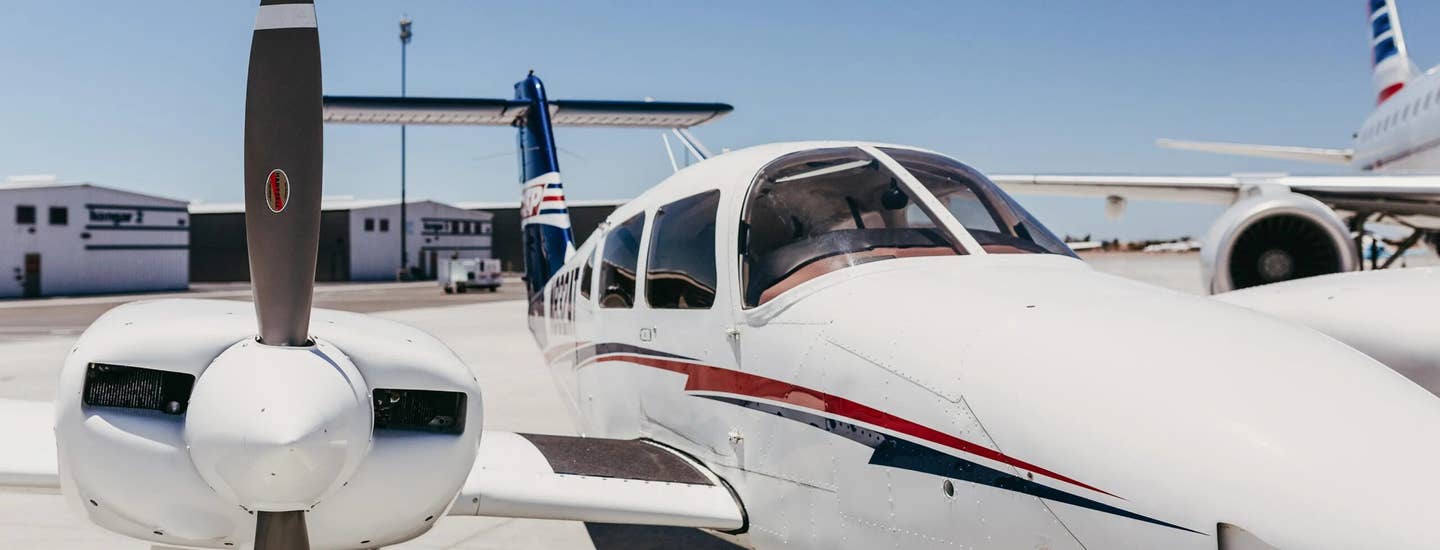
** A balanced approach to training teaches
both advanced systems and basic stick-
and-rudder skills.**
Last month I discussed the need for balance between hand-flying the airplane and using the autopilot. Another example of a need for balance is in the traditional versus scenario-based flight training debate. When I received my flight training, the airplanes had only basic radios and instruments, and the only parts of most flights that were similar to normal flight operations were the takeoff and landing. The rest of the flight was dedicated to accomplishing maneuvers in the practice area. It was only when we started cross-country training that I got to experience something close to normal flight operations.
It was very much the same approach when I was a Learjet instructor for FlightSafety back in the early '80s. The pilot seldom got to fly with both engines operating, and usually had other failures to contend with at the same time. Except for when it was necessary to climb to altitude to practice an emergency descent, most of the sessions consisted of multiple takeoffs, approaches and landings. When we took a break from approaches to practice systems' failures, instead of "gear up, autopilot on," it was "gear up, position freeze." To make it easier on the instructor and the student, we would freeze the position of the simulator immediately after takeoff so that the airplane was climbing in a fixed position over the end of the runway. We would sometimes even use flight freeze so the students would not have to fly the airplane as they focused on the system issues they were experiencing. At that point the $8.5 million simulator was nothing more than a glorified systems trainer.
People really do respond as they were trained, and this approach to simulator training may have led to accidents like Eastern 401 in which the entire crew focused on a problem, in this case a burned-out light bulb, just as they had done in the simulator. When I joined SimuFlite in 1983 we took a very different approach. The emphasis was on crew resource management (CRM), and each session was planned as a realistic corporate flight. The instructor was not allowed to freeze the simulator unless it was absolutely necessary for training purposes.
Line-Oriented Flight Training
We received permission from the FAA to do a progressive check ride, with each item checked off when it was successfully accomplished. This freed up the final session, which was traditionally a check ride, for line-oriented flight training (LOFT). Even though I wrote some of the first corporate LOFT scenarios, they were designed such that when I flew the scenario for my own training I would still experience the shock of disbelief when the emergency occurred. In one scenario, the crew started on the ramp at Boston Logan, taxied out and took off with ATC chatter in the background just like in the real world. As they were approaching their first destination at New York's La Guardia airport, a passenger would inform the crew that they had received a call requesting them to land at White Plains instead, so the crew had to quickly coordinate all that is necessary to change their destination in a high traffic area. On approach to White Plains the winds changed, resulting in a need to change to a different runway and approach procedure.
After landing at White Plains, they taxied to the ramp to let off their passengers just as they normally would. They then departed for Washington National (at least that is what it was called back then). There was one small system issue on that leg, but overall it was a normal corporate flight with typical ATC challenges. As an instructor you could almost sense the relief as they started down the ILS approach to National: “Hey, this has been pretty easy and it’s almost over. Looks like we will get out of here a little early.”
When they lowered the landing gear, one of the green down-and-locked lights didn’t illuminate. Because they were on final approach, many of the crews would not even bother using the checklist, but would do the emergency gear blow-down procedure by memory. They were shocked to see that the green down-and-locked light was still not on. In all their training sessions, when they blew down the gear the light came on. Their brains seemed to freeze in shock as they gradually realized the predicament they were in.
This scenario was based on an actual case in which a crew blew down the gear and then discovered all airports in the vicinity were below minimums. They had to limp along at the maximum gear extended speed for several hundred miles, consuming fuel at a very high rate, before they were able to land at an airport that was above minimums. In the LOFT scenario, the crew would typically declare a missed approach, take stock of the situation and decide to land at Dulles, where the weather was a little better and the runways were a lot longer.
In another LOFT scenario, the crew experienced the failure of the primary inverter, which caused the loss of most of the instruments on the captain’s side of the instrument panel. This time they were not sitting there calmly assessing the situation while they were on position freeze and flight freeze. They were rapidly approaching a fix where their flight plan required a turn. It was fascinating to watch very experienced corporate crews professionally run through the loss of primary inverter checklist as they blithely sailed past the fix without making the turn. When the instructor couldn’t stand it anymore, the crew would get a friendly (and realistic) call from the controller asking where they were going.
Just about anyone can read and accomplish a checklist. In this scenario the instructor was watching to see:
• When the captain lost his primary flight instruments, did he assess whether the copilot’s instruments were functioning properly before exchanging control with the copilot?
• Once the copilot was flying the airplane, did the crew carefully assess the situation, review their clearance and ensure they were navigating properly?
• Did the crew notify the controller of their situation?
• Finally, after aviating, navigating and communicating, how well did the crew accomplish the inverter failure checklist?
While I am enthusiastic about the value of line-oriented flight training, it seems like the pendulum may be swinging too far to the other extreme. The FAA/Industry Training Standards (FITS) curriculum for technologically advanced aircraft (TAA) trains pilots using scenario-based training rather than maneuver-based training. The purpose is to enhance the development of critical thinking and flight management skills. This in turn should lead to the thinking and judgment skills necessary to prevent the pilot-error accidents that are common, especially in technologically advanced aircraft.
In scenario-based training, maneuvers are contained in scenarios that are similar to the kind of cross-country operation a pilot will be conducting in a technologically advanced aircraft. Each scenario emphasizes the goal of arriving at the destination safely, reinforcing the importance of single-pilot resource management (SRM) through the introduction of “what if” questions by the instructor to provide increased exposure to the need for proper decision-making. This helps to build judgment, preparing the pilot for real-world challenges.
While these are commendable goals, the entire curriculum is so heavily scripted and so focused on real-world operation in a TAA that there is little or no opportunity to develop basic "stick and rudder" skills by going out, having fun and getting a feel for the airplane. This is leading to pilots who never develop the instincts to fly an airplane by the basic sound of the air and the feel of the controls without using the instruments. This lack of a feel for the airplane is likely a factor in the growing number of loss-of-control accidents both in general aviation and in the airline industry.
Balanced Approach
Once again a balanced approach is necessary. While it is important that pilots learn how to operate the systems in technologically advanced aircraft and develop the judgment to operate safely in the modern air traffic control system, it is also critical that every pilot develop that innate sense of what the airplane is doing, how much energy it has and what the pilot can or can't accomplish with that energy. Because the giant screens in front of the pilot in a TAA are such an eye magnet, perhaps the curriculum should start out with a few hours of flying something like a Piper Cub, so the pilot can learn that airplanes can fly without computers. Then periodically throughout the curriculum there could be an hour of performing maneuvers and just having fun in the Cub. When the computer gets confused or the screens go blank or the pilot has to do a low-altitude turn looking out the window, that pilot will be prepared to fly the airplane using basic attitude and power settings to stay under control and return safely to the ground.

Sign-up for newsletters & special offers!
Get the latest FLYING stories & special offers delivered directly to your inbox






